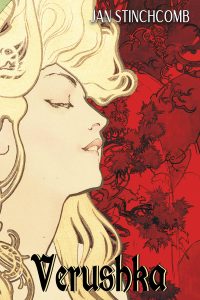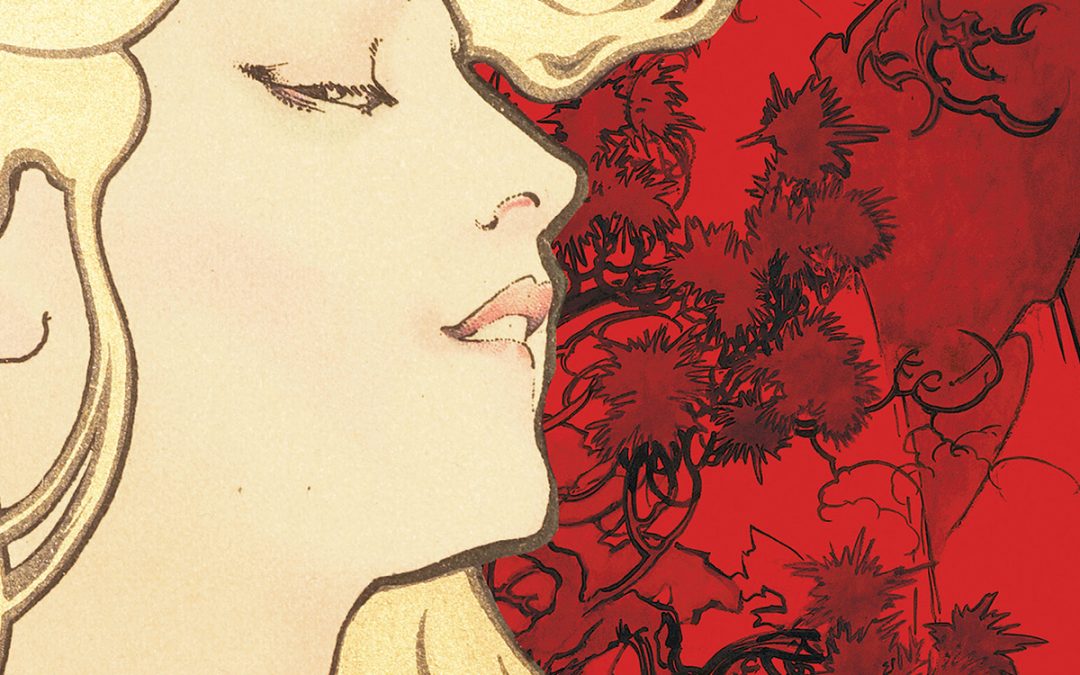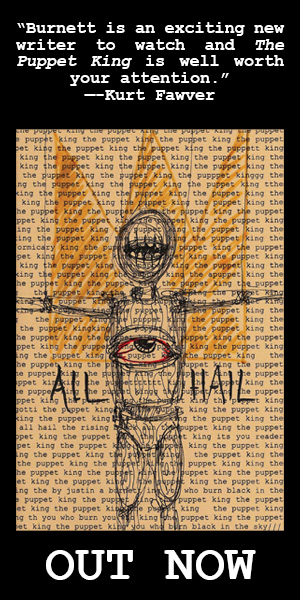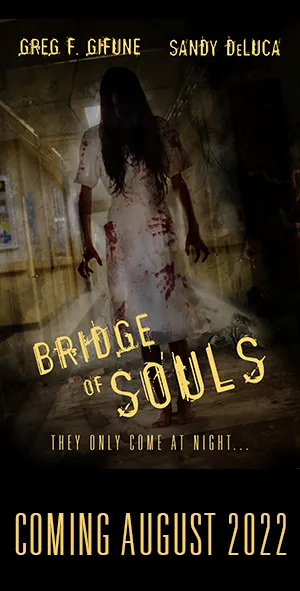
Jan Stinchcomb
JournalStone (July 7, 2023)
Reviewed by Nora B. Peevy
Jan Stinchcomb lives in the world of fairytales. Her stories are steeped in the old-world fairytales with a modern retelling. Her latest novel, Verushka, is about a family cursed for three generations by a witch named “Verushka.” It is up to the first daughter of the third generation to break the curse and kill the evil witch, setting her family free.
Verushka is a powerful witch who used to be human, but gave herself to the lord of the forest. This follows the old pagan character of the Greenman. He wants her to be his bride, but she refuses. She loses her virginity to him, thinking if she gives him a child, he will let her go, but he wants her; he offers a bargain, bring him a replacement and he will set her free. She looks for a replacement and curses a family for three generations to get their first-born daughter, but each time she is not successful.
This fairytale refers to Slavic folklore that the patriarchy of the church used to conform the pagans to Christian ways and to keep women powerless. The forest is a dangerous and wild place, but to pagans, it is magical. In fairytales entering the forest, you stray from the path of order and enter a forbidden, sinful world not following the rules of the church. Something terrible happens to you. The church forbids women to explore their sexuality, but this fairytale is one of transformation from childhood into womanhood. There is a powerful theme of blood in this book; her mother miscarries in the forest the night Devon first meets Verushka. She is punished for straying from the path of order to the world of the wild pagan ways. The daughter, Devon, gets her period and becomes a young woman powerful enough to defeat the witch. Her mother mentions watching the movies Carrie and The Shining as a celebration with her daughter over this transformation into womanhood; both these movies are filled with blood imagery and feature strong women, something the patriarchy of the church does not encourage because it takes away their own power. Verushka gives birth in the forest and there is a lot of blood, a symbol of a woman being punished for straying from the order of church and entering the wild pagan forest when she feeds a sprite and loses her virginity to the lord of the forest.
Throughout the story there is pagan imagery such as fire, when homes are burned to the ground, leading to pivotal transformation in characters’ lives; water when sprites save Verushka’s son from drowning and later on Elaine’s son, Jack; earth when Verushka goes to eat with the lord of the forest, when she gives birth and the placenta is mud and twigs, and when she buries her placenta in the mud, from which a tree grows; and spirit, when Devon crosses over to the Otherworld to remember what happened the night she went into the forest and met Verushka.
This fairytale is gorgeous. It is a treat for adults and reminds us of our beloved childhood tales we loved so much. It is beautiful and haunting. It is engaging and powerful. Jan Stinchcomb has revived the fairytale for adults and it will live on in our hearts.






